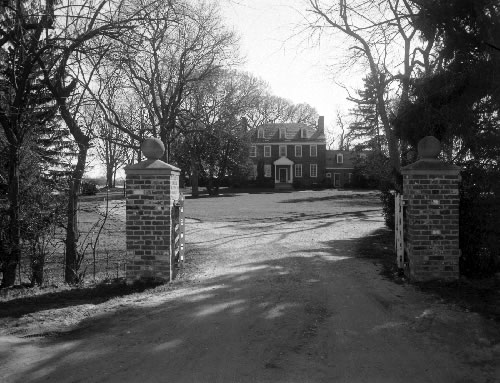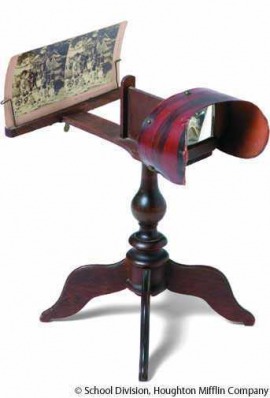This blog will document the efforts to restore Maryland's Old Senate Chamber, in the Maryland State House, to its original late 18th century appearance. This blog will also feature historical information about the Old Senate Chamber, including archival and photograph evidence, that is informing the most recent efforts to accurately interpret this room–one of the most historic rooms in American history.
Considered to be one of the Nation's most historically significant spaces, this room was where the Continental Congress met from November 26, 1783, to August 13, 1784. During that time, George Washington came before Congress to resign his commission as commander-in-chief of the Continental Army and the Treaty of Paris was ratified, marking the official end of the Revolutionary War. Additionally, it was here that Thomas Jefferson was appointed the first United States' minister plenipotentiary to foreign governments.
Designated as a National Historic Landmark by the Department of the Interior in 1960, the Maryland State House is the oldest state capitol still in continuous legislative use and it is the only state house to have ever served as the nation's capitol. For more information, please visit our
website.



.jpg)

.jpg)


.jpg)











